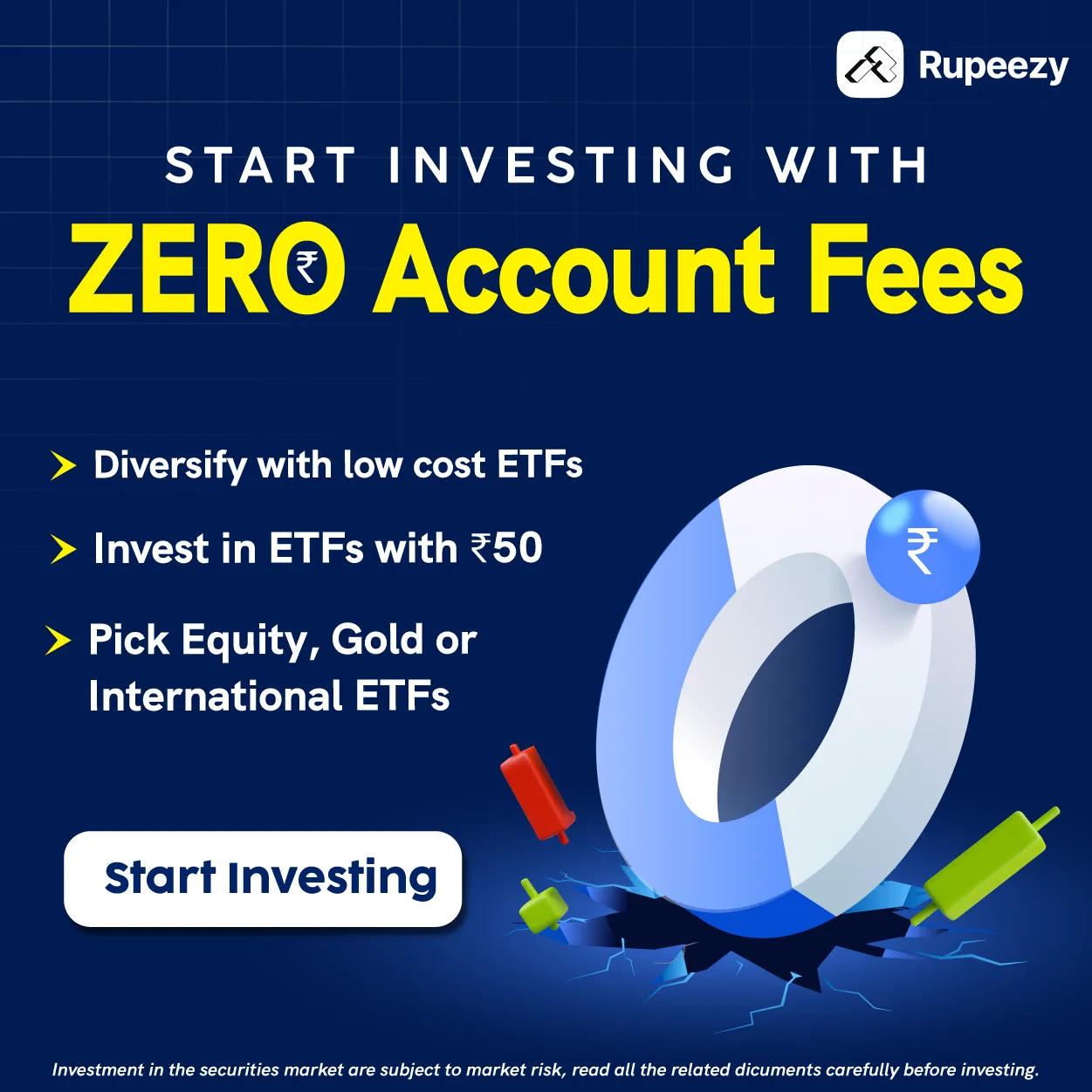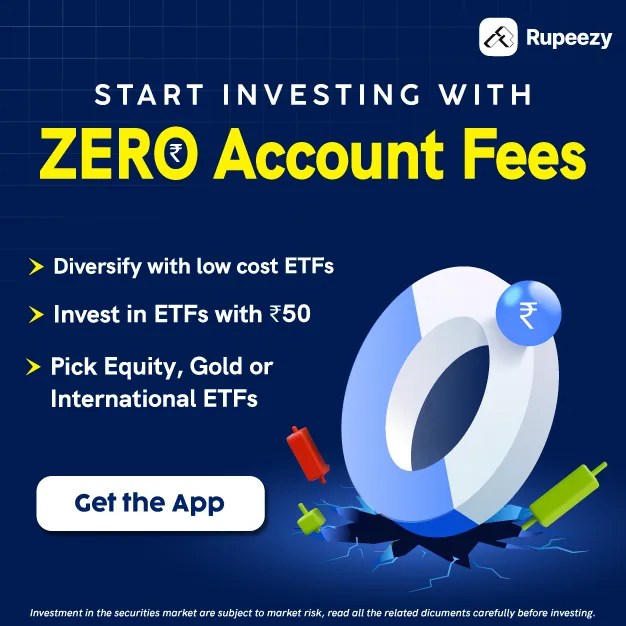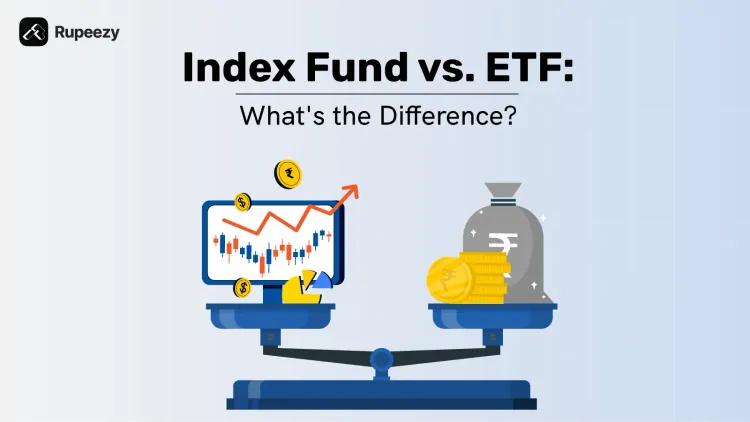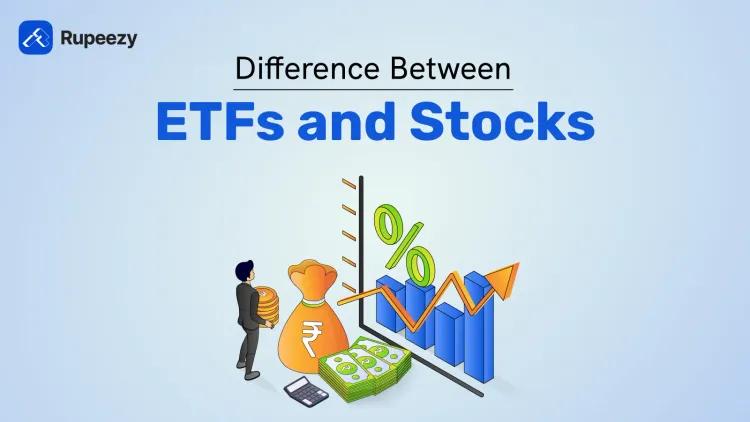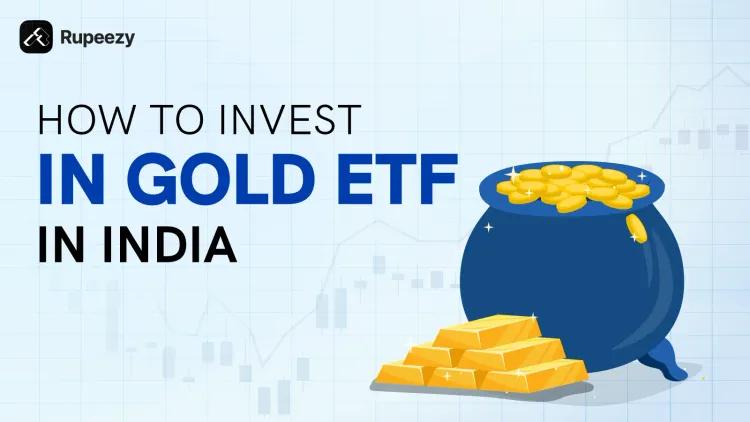What Is iNAV in ETFs? Complete Guide
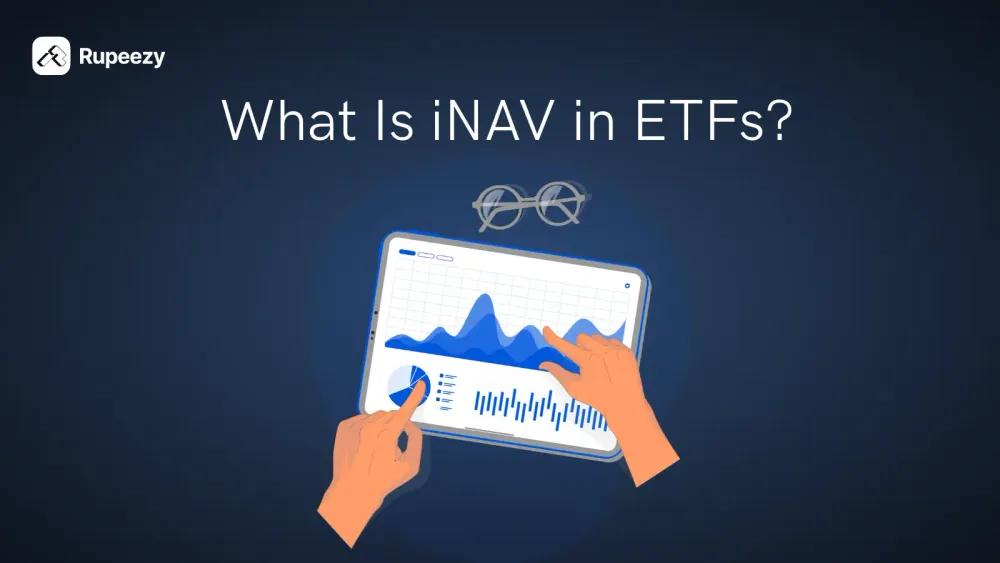

00:00 / 00:00
ETFs (Exchange Traded Funds) have become one of the fastest-growing investment options today. Their popularity is steadily increasing due to their ease of trading, low costs, and transparency. However, to make informed investment decisions, it's not enough to simply understand ETFs; it's also important to understand the key concepts behind them. One such concept is iNAV. This is a real-time value that tells investors the actual market price of an ETF. This information helps them make informed purchases and sales.
What is an ETF?
An ETF, or Exchange Traded Fund, is an investment instrument that combines a basket of individual stocks, bonds, or commodities. You can buy and sell it on a stock exchange, just like you would a company's stock. This means it's both a fund and a tradable instrument like a stock.
Difference between ETF, Mutual Fund and Stocks
Mutual Fund: You buy this directly from the AMC (fund house), and its price is fixed only once a day, which is called NAV.
Stocks: These are direct shares of a company, whose price keeps changing every moment.
ETF: Like a mutual fund, these provide a diversified portfolio, but like shares, they can be bought and sold in the market throughout the day.
What is iNAV in ETFs and How Does It Work?
iNAV, or Indicative Net Asset Value, is a value that reflects the actual value of an ETF in real time. Simply put, whenever an ETF trades in the market, iNAV indicates its true value at that time. It is often referred to as "real-time NAV" because it updates multiple times a day (usually every 15 seconds). When investors ask, "What is iNAV in ETFs?" The simple answer is that iNAV is a guide that explains the difference between an ETF's trading price and its actual value (based on its underlying assets). For example, if an ETF's market value is higher than its iNAV, it is trading at a premium, and if it is lower, it is trading at a discount.
Why is it called real-time NAV?
Simple NAV is calculated only once a day, but the ETF market operates throughout the day. Therefore, investors need to know the true value of an ETF at all times. iNAV fulfills this need and provides investors with up-to-date information.
How is iNAV calculated?
The method for calculating iNAV is simple but detailed:
The latest price of all stocks/securities included in the ETF is taken.
Each security is multiplied by its weighting.
Cash and any liabilities are adjusted for this.
The resulting total value is divided by the total number of units in the ETF.
INAV formula :
iNAV = (Weighted value of all assets + Cash – Liabilities) ÷ Total units
NAV vs iNAV: Key Differences
Point | NAV (Net Asset Value) | iNAV (Indicative Net Asset Value) |
Calculation Time | Calculated only once a day, after market close | Updated in real-time throughout the day, usually every 15 seconds |
Usefulness | Useful for long-term investors | Crucial for active investors and intraday traders |
Example | NAV of a Nifty 50 ETF is calculated once daily | iNAV of the same ETF is updated continuously during market hours |
Price Comparison | Reflects end-of-day valuation only | Shows if the ETF is trading at a premium or discount |
Importance | Helpful for long-term evaluation and portfolio review | Helps identify correct entry/exit points and arbitrage opportunities |
Why is iNAV Important for Investors?
The role of iNAV is crucial to understanding ETF investing. It's not just a technical term, but a tool that helps investors make the right decisions at the right time. Let's understand why it's important:
Helps Identify Premium and Discount :
ETFs don't always trade at their true value. Sometimes they trade at a premium (higher than the true value) or a discount (lower than the true value). iNAV shows investors this difference in real-time.
Avoid Overpayment:
If you buy an ETF at a price higher than its iNAV, you could be unknowingly overpaying. By checking iNAV, investors can transact at the correct price and avoid additional costs.
Intraday Trading and Arbitrage Opportunities:
iNAV is crucial for investors who trade intraday. It shows where there are price differences, creating arbitrage opportunities to buy cheaply in one market and sell at a higher price in another.
For investors who use MTF to take leveraged positions in ETFs, iNAV becomes even more important. Since MTF amplifies both gains and losses, monitoring iNAV helps ensure that leveraged ETF trades are entered at fair value—avoiding situations where an ETF is bought at a premium.
Long-Term Transparency:
Even if you're investing for the long term, knowing iNAV is essential. It tells you that your investment is being valued fairly and that your portfolio is on track.
Even more important with international ETFs:
International ETFs are affected by time zones and currency exchanges. iNAV helps investors understand these fluctuations and make informed purchases and sales decisions at the right price.
How to Track iNAV in Real Time?
Tracking iNAV in real time is crucial for making informed decisions when investing in ETFs. Investors can easily access it from various sources. Let's explore the main options:
AMC / Fund House Website:
Every AMC (Asset Management Company) publishes iNAV information for its ETFs on its official website. Here, you can find regular updates on the ETF's indicative NAV. This is considered the most reliable and authoritative source for investors.
Stock Exchange Portals (NSE / BSE):
The iNAV of all ETFs listed in India can be viewed in real time on the NSE and BSE websites. SEBI regulations require exchanges to display indicative NAV information for ETFs, providing transparency to investors.
Broker / Trading Platforms:
These days, the iNAV of ETFs is also available on many trading platforms. These platforms easily compare market prices and iNAVs, allowing investors to quickly determine whether an ETF is trading at a premium or discount.
ETF-Dedicated Platforms / Portals:
Some portals are dedicated exclusively to ETFs, where you can view real-time iNAV data and compare NAVs and price movements. These portals allow investors to track the iNAVs of different ETFs in one place, making the information more organized and useful.
Advantages and Limitations of iNAV
iNAV is a valuable tool for ETF investors because it provides them with accurate information in real time. However, like every investment instrument, it has some advantages and limitations. Let's understand both aspects in detail:
Advantages of iNAV
Real-Time Transparency:
iNAV shows investors the actual value of the ETF every few seconds, making price discovery easier.
Better Decision-Making:
Investors can see whether the ETF is trading at a premium or discount and make informed buying or selling decisions based on that.
Useful for Active Traders:
Intraday traders and arbitrage investors can take advantage of price differences using iNAV.
Enhanced Confidence :
Since the data is updated regularly, investors have increased confidence that they are transacting at the correct price.
Limitations of iNAV
Slight Time Lag:
Although iNAV is touted as real-time, data updates can be delayed by a few seconds.
Global ETF Challenges:
Due to time-zone and currency fluctuations in international ETFs, iNAV may not always appear completely accurate.
Different Update Frequency:
Not all ETFs update iNAV at the same frequency some every 15 seconds, some more often.
Conclusion
Understanding iNAV is crucial for making informed decisions when investing in ETFs. It provides investors with constant information about the fund's true value and whether it is trading at a premium or discount in the market. This transparency helps investors avoid overpayments and enable them to make timely purchases and sales. Overall, iNAV is a tool that plays a vital role in making investing safer and smarter.
FAQs
Q1. What is the full form of iNAV?
iNAV stands for Indicative Net Asset Value, which shows the real-time value of an ETF.
Q2. How often is iNAV updated?
iNAV is usually updated every 15 seconds.
Q3. Why is iNAV important for investors?
It tells investors whether the ETF is trading at a premium or discount.
Q4. Where can I check iNAV in India?
You can check iNAV on AMC websites, NSE/BSE portals, and ETF-dedicated platforms.
Q5. Is iNAV always accurate?
No, it may be affected by slight delays or currency fluctuations.
The content on this blog is for educational purposes only and should not be considered investment advice. While we strive for accuracy, some information may contain errors or delays in updates.
Mentions of stocks or investment products are solely for informational purposes and do not constitute recommendations. Investors should conduct their own research before making any decisions.
Investing in financial markets are subject to market risks, and past performance does not guarantee future results. It is advisable to consult a qualified financial professional, review official documents, and verify information independently before making investment decisions.

All Category

